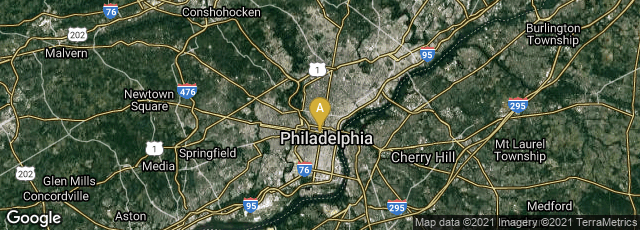By some accounts, in 1862 American social reformer and economist
Virginia Penny published from Philadelphia
How women can make money married or single, in all branches of the arts and sciences, professions, trades, agricultural and mechanical pursuits. According to that scenario, disappointed with sales, Penny sold the rights and stereotype plates to the Boston publisher Walker, Wise & Co, who reissued the book in 1863 as
The Employment of Women: A Cyclopaedia of Woman's Work. It is also possible that the 1863 edition is actually the first edition. Under one or the other title the work then underwent several editions under varying titles through at least 1888, and was widely influential as a socio-economic study of the widest range of employment for women in America and Europe during the mid-19th century.
Concerning Penny's book the Wikipedia article about her wrote as follows in February 2021:
"By the late 1850s, she had traveled to several big cities in the U.S. to study women's jobs and she used libraries to find information about European women. She lived in
New York City from 1859 to 1861 to finalize her research and to publish what became the first publication of what jobs were open to women and what wages they might earn. Penny used a systemmatic research method to interview thousands of employers and workers. She used in-person interviews as well as mail-in survey questionnaires, ending up with 533 listings in the first version of her book:
How women can make money married or single, in all branches of the arts and sciences, professions, trades, agricultural and mechanical pursuits (Philadelphia, 1862). Her unique book is the first of its kind to present not only the kinds of jobs in which women were employed then, but also those where, by reason of gender discrimination, they could have worked but were not employed in great numbers. Her thematic essays accompanying the lists of jobs included her analysis of the effects of the job on the health of its laborforce, the typical wages (and gender differentials), the length of the working day, as well as qualifications and length of training for a particular type of job. The book's intended audience, women seeking employment, was encouraged to explore ways by which to be job-ready and to not give up when first turned away because of gender discrimination."
With respect to printing, I have posted the relevant pages of Penny's book as images. Printing jobs most often held by women were as paper feeders for printing machines, and as typesetters. One generalization that can be made is that, according to Penny, women were generally paid two-thirds the wages of men as typesetters, and sometimes even less. In some printing establishments women typesetters worked in rooms separate from men. The main drawback with having women as typesetters is that they could not lift the heavy formes onto the press; however, that could always be done by men in printing establishments.

